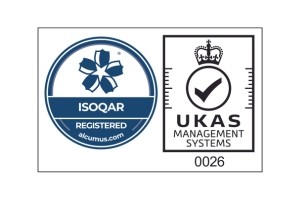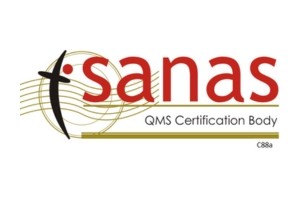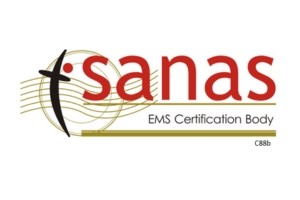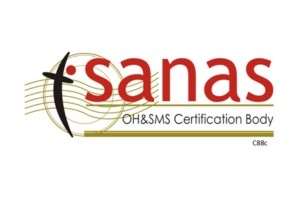There are six (6) implementable clauses within ISO 9001:2015 Quality Management System Standard.
Within this series of posts over the next six weeks we will discuss the requirements to all six clauses and the correct interpretation thereof.

CLAUSE 6
6.0 Planning
6.2 Quality Objectives and Planning to Achieve Them
The requirements of Clause 6.2.1 and Clause 6.2.2 are comparable with the requirements of ISO 9001:2008 Clause 5.4.1 – Quality Objectives. You should seek and record evidence that your organization’s quality objectives are consistent with the quality policy, and that they are relevant to product and service conformity, and the enhancement of customer satisfaction.
Quality objectives should be measurable and are likely to have their own metrics by which levels of attainment can be ascertained. Check that the quality objectives are communicated throughout the organization and that they are updated to ensure relevance to changing business needs.
You should seek and record evidence that effective planning was undertaken in support of the organization’s quality objectives and their achievement. You should ensure that this planning activity takes into considerations of Clause 6.2.1, as well as the following points:
1. Identification of processes, resources, and skills needed to achieve quality;
2. Identification of suitable verification criteria at appropriate stages;
3. Compatibility of design, production, inspection and testing;
4. The confirmation of criteria of acceptability for all features and requirements;
5. Details of calibration of any special measuring or test equipment to be used.
Training & Communication
Your organization should ensure that it has documented and clarified the roles, responsibilities, accountability and authorities at all levels of the business to address risk management. This ensures that a risk management approach is embedded your operations through a number of communication, training and support systems, including:
Training
To ensure that adequate risk management competency levels are achieved and maintained, your organization should provide training in the risk management process and their application. Specific risk management training sessions should be held on an annual basis, aimed at providing an overview of the risk management process. Instruments providing training on appropriate controls include:
1. Job descriptions, contracts;
2. Inductions;
3. Policies;
4. Procedures, process maps;
5. Terms of reference;
6. Performance planning;
Communication of Responsibilities & Accountability
Risk management responsibilities, accountability and authorities should be set out in the following documented information:
1. Risk management policy;
2. Job/position descriptions;
3. Internet/intranet;
4. Project/process/product/service documentation;
5. Performance planning and review documentation;
6. Risk registers.

6.3 Planning of Changes
This is a new requirement. You should seek and record evidence that your organization has retained documented information relating to planning and implementing changes that impact upon the QMS.
Ensure that the organization has planned how to integrate and implement the changes into their QMS processes. Check that your organization has considered:
1. The purpose of the changes and their potential consequences;
2. The integrity of the quality management system;
3. The availability of resources;
4. The allocation or reallocation of responsibilities and authorities.
Join our mailing list to receive upcoming posts: http://www.isoqar.co.za/

